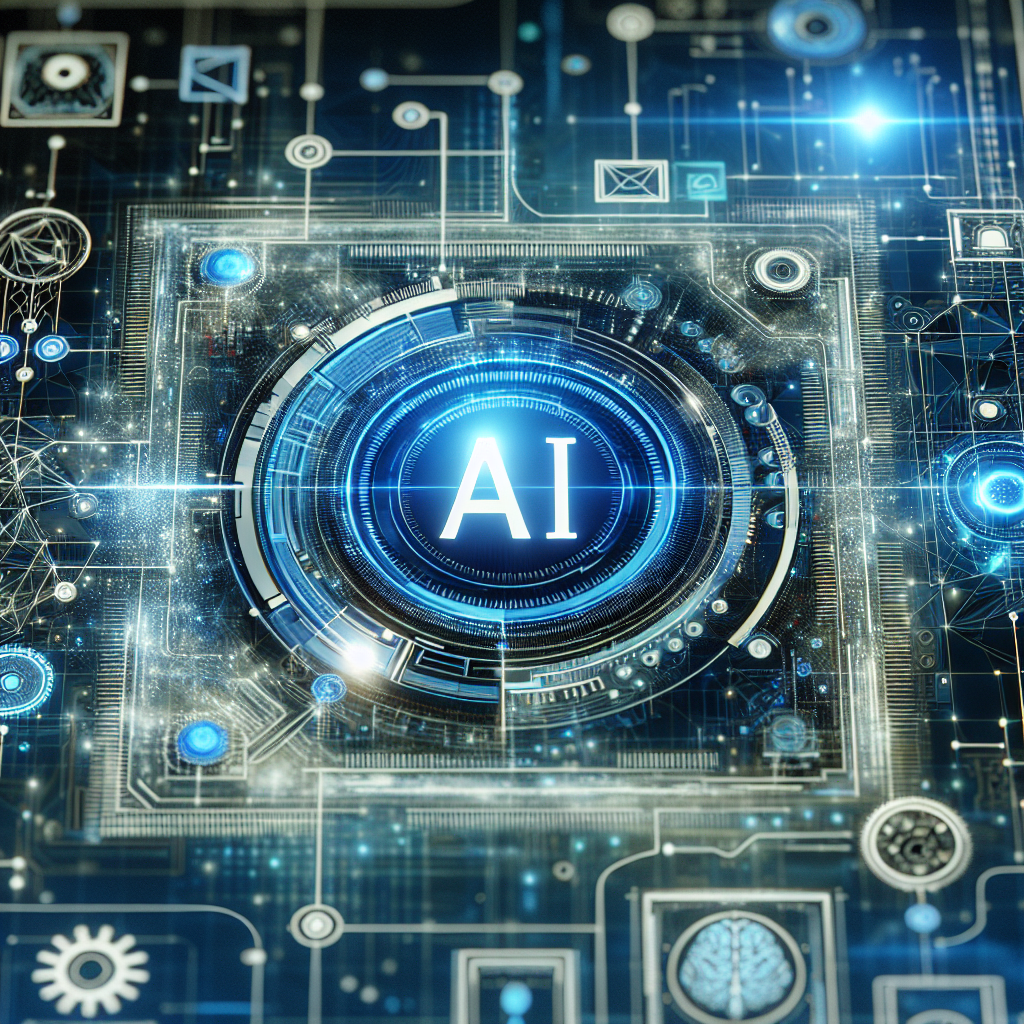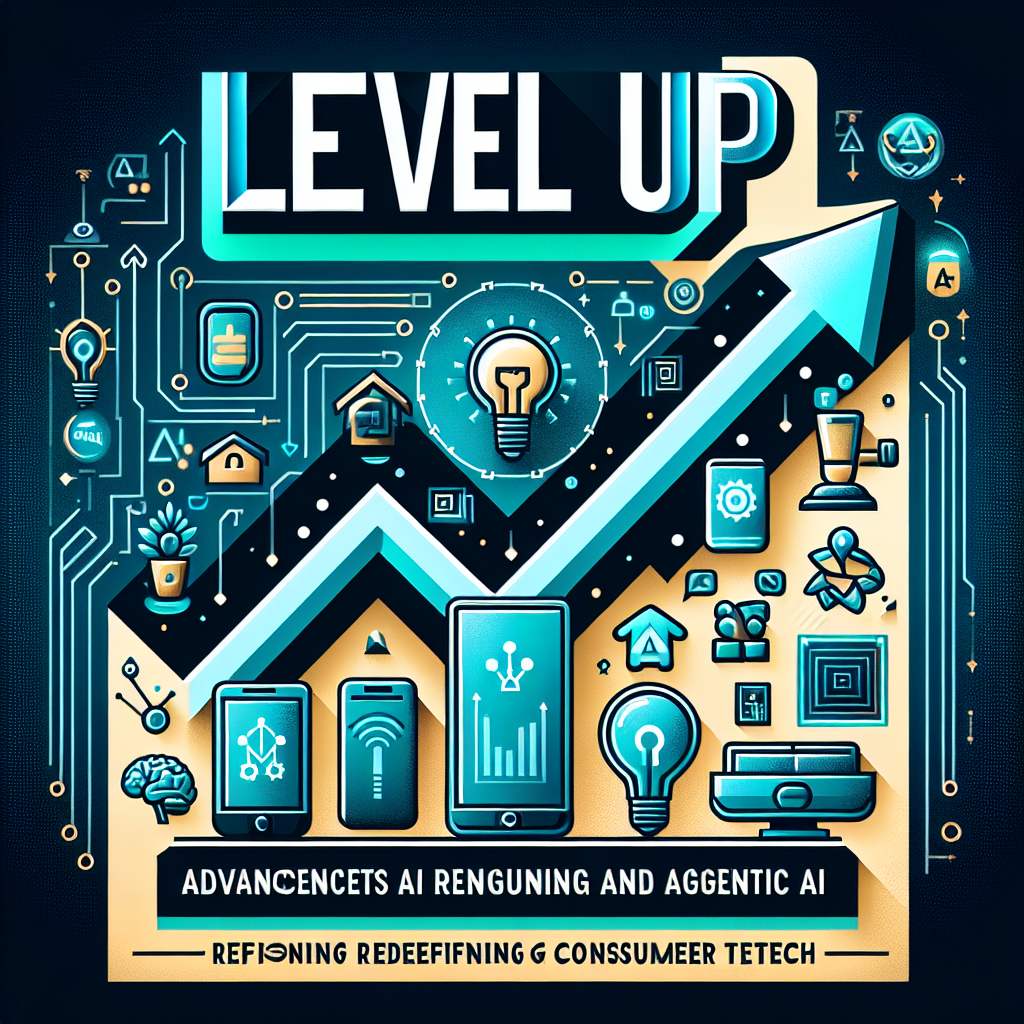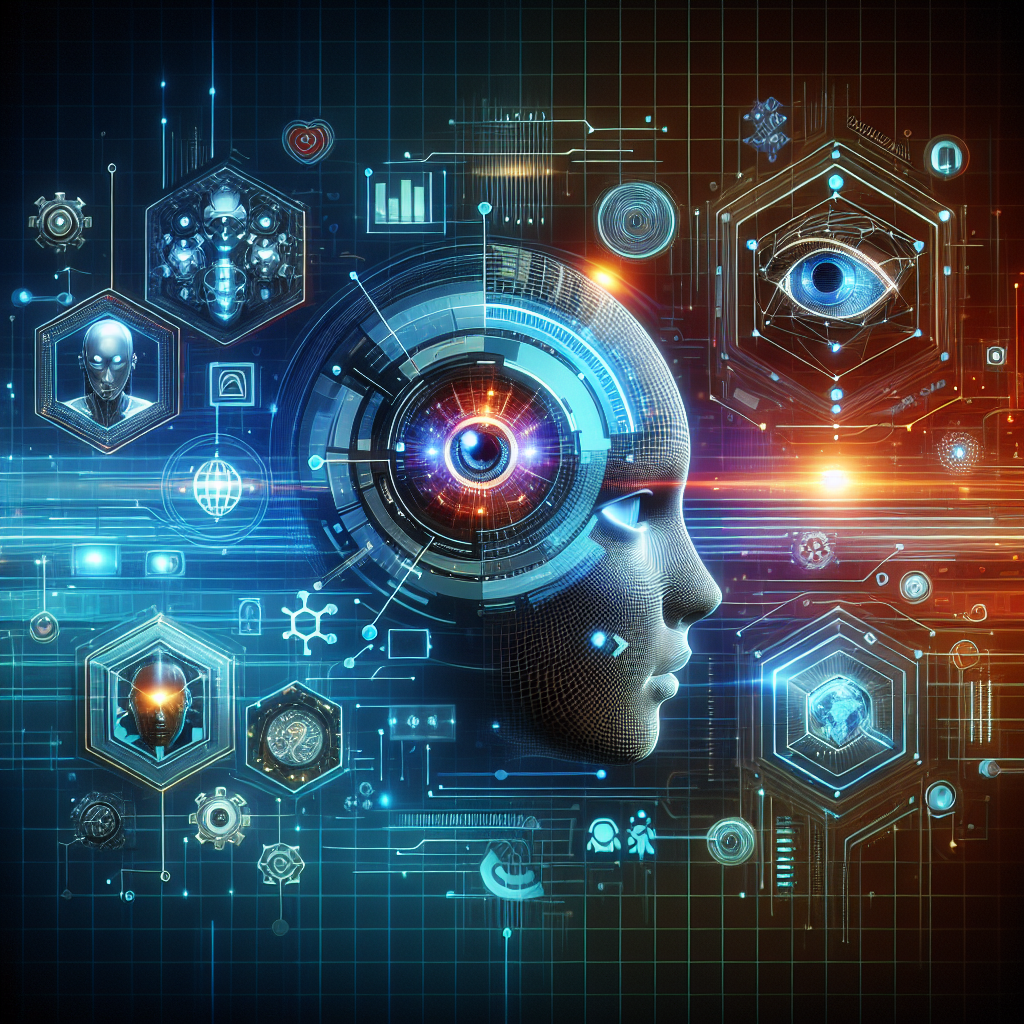OpenAI Unleashes GPT-5: Revolutionizing AI with Advanced Reasoning and Multi-Modal Intelligence
Posted on August 21, 2025

OpenAI's GPT-5, launched on August 7, 2025, advances AI significantly with a 40% gain in reasoning capabilities and seamless multi-modal integration across text, image, and voice. Featuring innovative 'Thinking Mode,' scalable edge device versions, and specialized 'Pro' models, GPT-5 is already transforming coding, customer service, creative workflows, and enterprise automation. This release not only boosts AI performance and safety but also marks a strategic milestone that challenges AI competitors and drives the future of intelligent, collaborative technology.
On August 7, 2025, OpenAI officially launched GPT-5, setting a new benchmark in artificial intelligence with groundbreaking capabilities that combine advanced reasoning, multi-modal integration, and highly scalable variants. Building on the legacy of its predecessors, GPT-5 offers a 40% improvement over GPT-4 in complex reasoning tasks, enabling it to tackle far more sophisticated queries with enhanced accuracy and nuance. This model integrates text, image, and voice modalities into a unified platform, making it an intelligent assistant capable of seamless understanding and generation across diverse input types.
A pivotal innovation introduced with GPT-5 is the 'Thinking Mode,' which equips the AI with sophisticated planning, iterative problem solving, and error correction. This mode allows GPT-5 to perform multi-step reasoning tasks with unprecedented reliability, pushing it closer to human-like cognitive functions in real-time applications. Furthermore, OpenAI has launched 'Pro' variants offering extended reasoning for enterprise users requiring highly dependable, detailed answers, and 'Thinking' models tailored for enhanced deliberative tasks.
Recognizing diverse deployment needs, GPT-5 is also available in scaled-down versions such as 'mini' and 'nano' that can run on edge devices including smartphones and IoT hardware. This development democratizes access to powerful AI capabilities beyond cloud environments, fostering innovation in mobile apps, embedded systems, and offline scenarios where latency and privacy are critical.
The impact of GPT-5 is already resonating across sectors. Developers report a leap in AI-assisted coding proficiency, as GPT-5 excels in generating, debugging, and explaining code, with a 74.9% score on SWE-bench Verified and 88% on the Aider polyglot benchmark. Major enterprises are embedding GPT-5 into customer service workflows and automation platforms, revolutionizing user engagement and operational efficiency. Creative industries leverage its multi-modal prowess for rich content generation that fuses text, imagery, and audio.
This release also intensifies competition in the AI landscape, driving rivals like Anthropic and Google to accelerate their research into next-gen models with enhanced reasoning and multi-modality. Meanwhile, OpenAI is refining GPT-5’s user experience, having addressed initial critiques about responsiveness and tone by making the model 'warmer and friendlier' without compromising factual rigor.
Technically, GPT-5 uses an advanced transformer architecture optimized for both speed and accuracy, surpassing GPT-4.5 Orion’s transition capabilities by fully integrating multi-modal data streams and incorporating advanced safety mechanisms. These safety improvements reduce hallucinations and improve transparency about the model’s limits and confidence.
For tech enthusiasts and enterprises alike, GPT-5 represents a pivotal moment: AI moves beyond reactive assistance into proactive collaboration, planning, and creativity. The availability of customizable API tiers and agent-building frameworks empowers organizations to deploy AI agents that are context-aware, autonomous, and scalable, heralding a new era of intelligent work and innovation.


